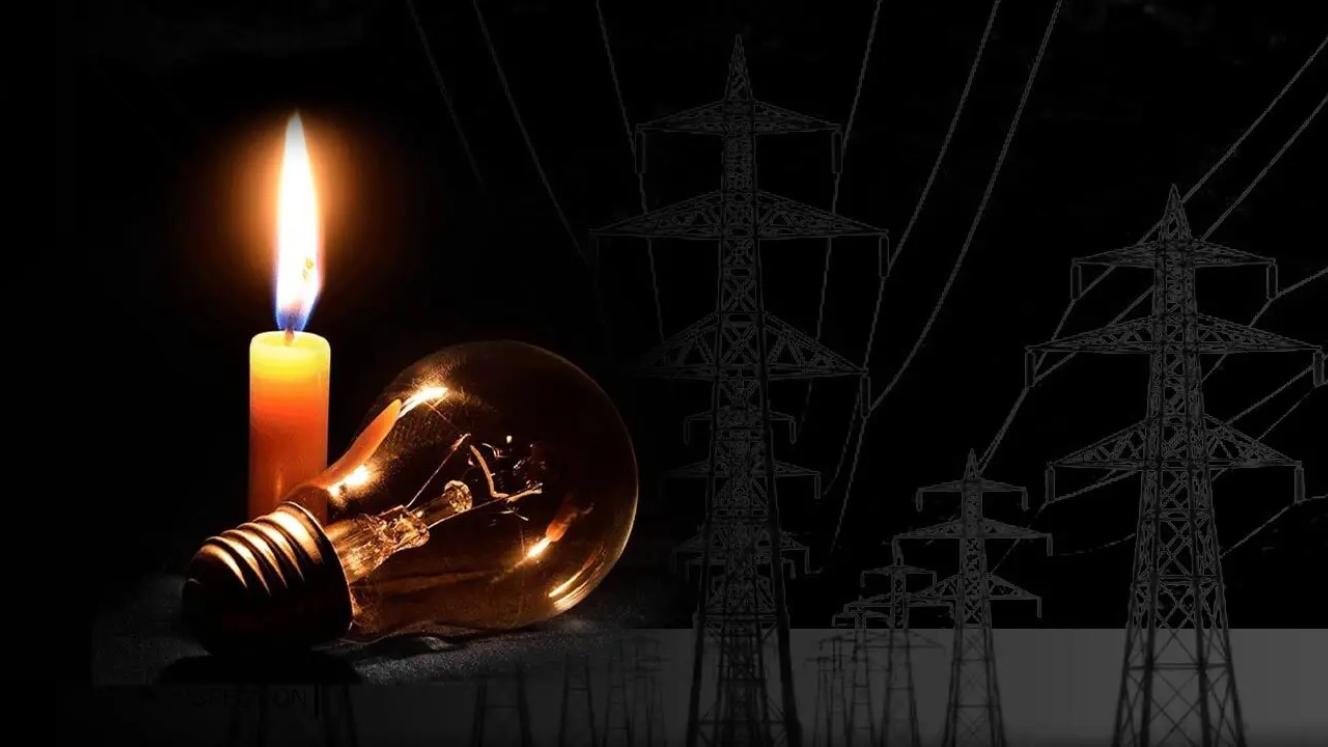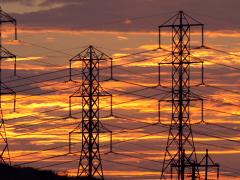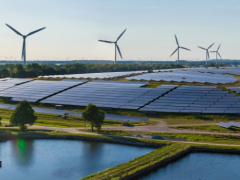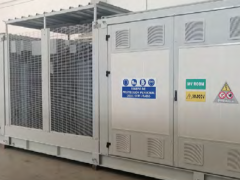by Roger Lilley, Energize
On 1 March 2023, Energize reported that the load schedule was being revised to allow for even higher load shedding stages to allow for greater reductions of load. The country was told recently that Stage 6 (i.e., the removal of up to 6000 MW of load) would be implemented indefinitely.
Today, 12 May 2023, we report that Eskom has confirmed that a new national standards document would allow the power utility to implement load shedding as high as Stage 16. The purpose of this provision, Eskom says, is to continue to protect the country from a total blackout – in other words, a total loss of power.
Eskom said before that it would do everything in its power (pardon the pun) to avoid a total blackout because it would result in the country being without any grid power for many weeks before some power could be restored. And even then, there wouldn’t be much power to go around.
According to an Eskom spokesperson, the new national standards document – NRS048-9 Revision 2 – describes load shedding stages up to Stage 8 and obligates all network operators (distributors and municipalities) to develop, publish and implement these schedules when instructed to do so by the System Operator (Eskom). The new standard is ready, and Eskom proposes to use it.
Beyond Stage 8, the System Operator will instruct each province to reduce its load by a fixed amount, measured in MW. This reduction will be split between the Eskom Distribution network and the municipal networks in each province. To make provision for even greater load reduction, Revision 3 of the standard proposes load shedding schedules up to Stage 16.
Vally Padayachee, the chair of the NRS Association explained that a load shedding Code of Practice is crucial to ensure that rotational power cuts are implemented properly. He says that it is impossible to guarantee that load shedding won’t go to beyond Stage 8 this winter. Without clear instructions regarding what to do beyond Stage 8, municipal electricity distributors would have to use their own operating procedures to protect the national grid. And a serious error of judgment could be catastrophic.
South Africa owns power stations which, if all were working at the same time, are capable to producing about 50 000 MW of power. Yet we can’t meet a load of 28 000 MW. Recently, Eskom lost 21 000 MW of generation capacity due to faults and breakdowns at its coal-fired power stations. A further 6000 MW was unavailable because certain units (generators) were out of service for essential maintenance.
As more and more power stations suffer multiple unit failures, the likelihood of further and higher stages of load shedding grows. Neither the power utility nor the newly appointed minister of electricity has the capacity to prevent this from happening. It’s been allowed to go too far. We are beyond the point of no return.
The government is aware of this fact. That is evident by the President’s recent comments that the so-called powerships the minister of mineral resources and energy want are needed to add electricity to the grid. Indeed, the government wants the public to provide their own power. This was clear from the minister of finance’s recent offer – in his budget speech – of a 25% rebate for individuals and a 125% rebate for businesses that install rooftop solar PV panels to help to relieve some pressure from the grid by providing for their own electricity needs. We predict that load shedding is here to stay for a very long time yet. With or without powerships and rooftop PV panels.













